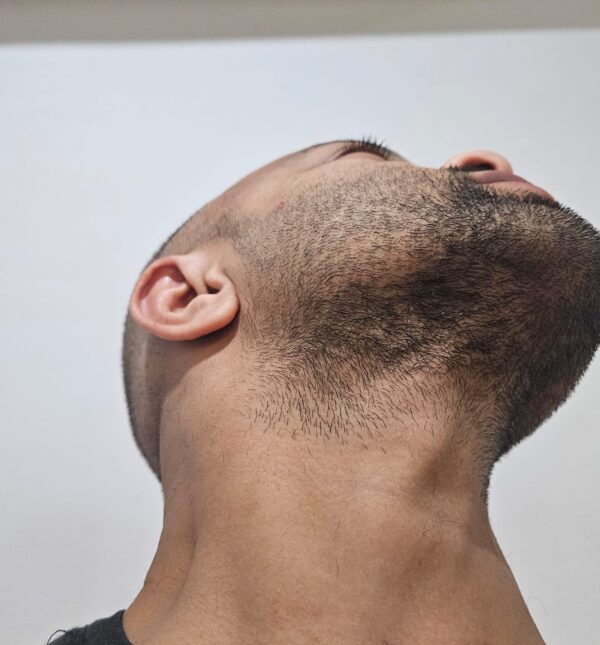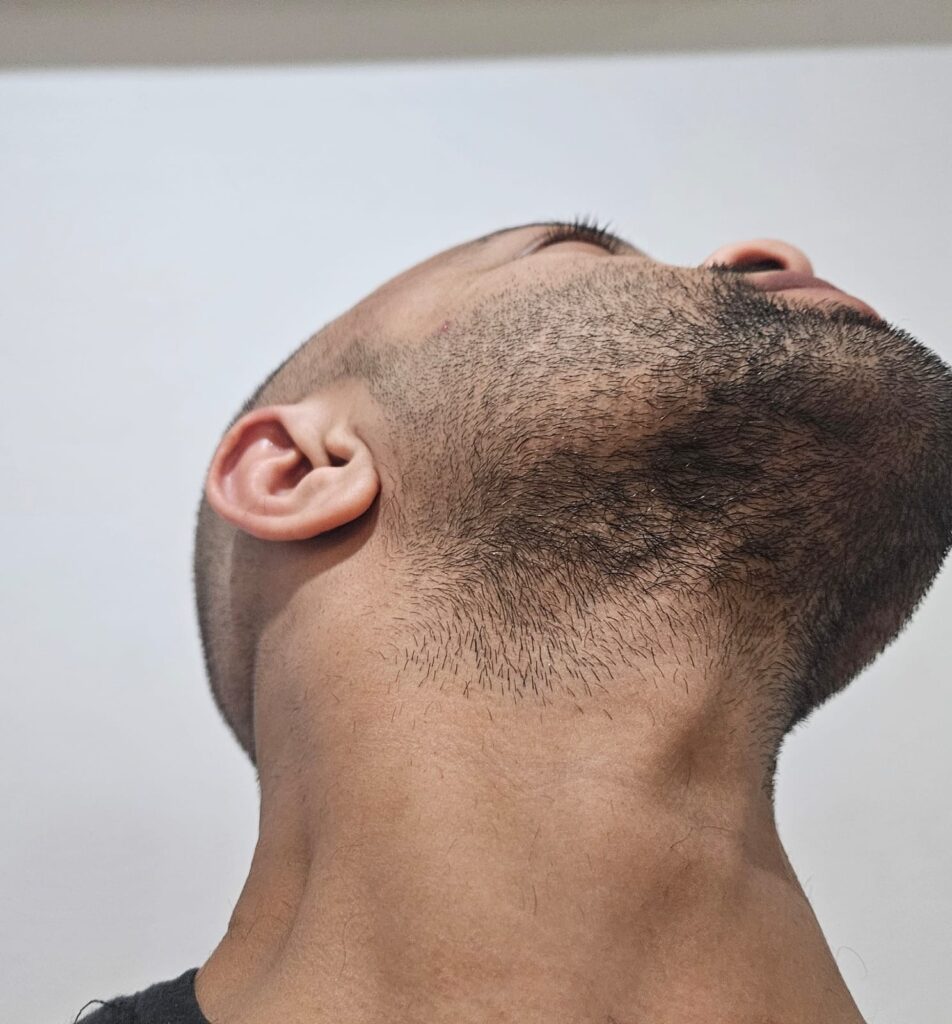Beard Hair for Hair Transplant. The Ultimate Guide to Natural Results
Hair loss affects millions globally, but advancements in hair transplant techniques have introduced innovative solutions—like using beard hair for hair transplant—to restore confidence. This guide explores why beard hair follicles are becoming a game-changer, how the procedure works, and who can benefit. Whether you’re considering a beard to scalp transplant or exploring donor options, this article delivers clarity and actionable insights.
Why Beard Hair is a Valuable Resource for Transplants
Traditional hair transplants rely on scalp donor areas, but limited supply can hinder results. Enter beard hair follicles: a dense, underutilized resource. Beard hair shares similarities with scalp hair but offers unique advantages:
- High density: The beard area provides hundreds of viable grafts.
- Permanent roots: Like scalp hair, beard hair is resistant to balding.
- Versatility: Ideal for filling crowns, hairlines, or scars.
For patients with thin scalp donor areas, using beard hair for hair transplants ensures ample grafts without compromising aesthetics.
How Beard Hair Transplants Work: The Science Behind the Procedure
A beard hair transplant typically employs Follicular Unit Extraction (FUE), a minimally invasive method. Here’s the step-by-step process:
- Harvesting: Individual beard hair grafts are extracted from the donor area (under the chin or jawline) using micro-punches.
- Preparation: Grafts are sorted and preserved for viability.
- Transplantation: Surgeons strategically implant beard hairs into thinning scalp regions.
This FUE beard hair transplant technique minimizes scarring and ensures natural-looking results.
Benefits of Choosing Beard Hair for Hair Transplant
Why opt for beard hair follicles over traditional methods? Key benefits include:
- Expanded Donor Supply: Perfect for patients with limited scalp donors.
- Enhanced Coverage: Beard hair’s coarse texture adds volume to sparse areas.
- Faster Recovery: The beard donor area heals quicker than the scalp.
- Natural Aesthetics: When blended with scalp hair, results are seamless.
Studies show that beard hair transplant results achieve up to 90% graft survival rates, rivaling traditional methods.
Who is a Candidate for Beard Hair Transplants?
Not everyone qualifies for using beard hair for hair transplants. Ideal candidates:
- Have insufficient scalp donor hair.
- Possess thick, healthy beard growth.
- Seek restoration for large balding areas or scars.
- Are in good overall health.
A consultation with a specialist determines if your beard hair donor area is suitable.
Beard Hair vs. Scalp Hair: Key Differences
While beard hair follicles are effective, they differ from scalp hair:
- Texture: Coarser and curlier.
- Growth Cycle: Beard hair has a longer telogen (resting) phase.
- Diameter: Thicker, which can boost density.
Surgeons often mix beard and scalp hairs to balance texture and achieve naturalness.
The Procedure: What to Expect During a Beard Hair Transplant
- Consultation: Your surgeon evaluates your beard donor area and scalp.
- Extraction: Local anesthesia is applied before extracting grafts via FUE.
- Implantation: Grafts are placed into recipient sites at precise angles.
The entire beard hair transplant takes 6–8 hours, depending on graft count.
Recovery and Aftercare Tips
Post-procedure care ensures optimal beard hair transplant results:
- Avoid touching the donor area for 48 hours.
- Sleep upright to reduce swelling.
- Use prescribed antibiotics to prevent infection.
Most patients resume work within a week. [Internal link: “Post-Transplant Care Guide”]
Potential Risks and Considerations
While safe, beard hair transplants carry minor risks:
- Temporary redness or swelling.
- Rare infection or scarring.
- Slight differences in hair texture.
Choosing an experienced surgeon minimizes complications.
Cost of Beard Hair Transplants: Is It Worth It?
Costs vary by clinic and graft count, averaging $5–$10 per graft. Though pricier than scalp-only procedures, beard hair for hair transplant offers long-term value for severe hair loss.
Frequently Asked Questions
Q: How long do beard hair transplants last?
A: Results are permanent, as transplanted beard hairs retain their genetic resistance to balding.
Q: Can women opt for beard hair transplants?
A: Rarely, as women typically lack sufficient beard growth.
[Internal link: “Hair Transplant FAQs”]
Conclusion
Beard hair for hair transplant is transforming hair restoration, offering hope where traditional methods fall short. With high graft survival rates and natural results, it’s a viable option for many. Ready to explore this solution? [Internal link: “Book a Consultation”] with a certified specialist today.




